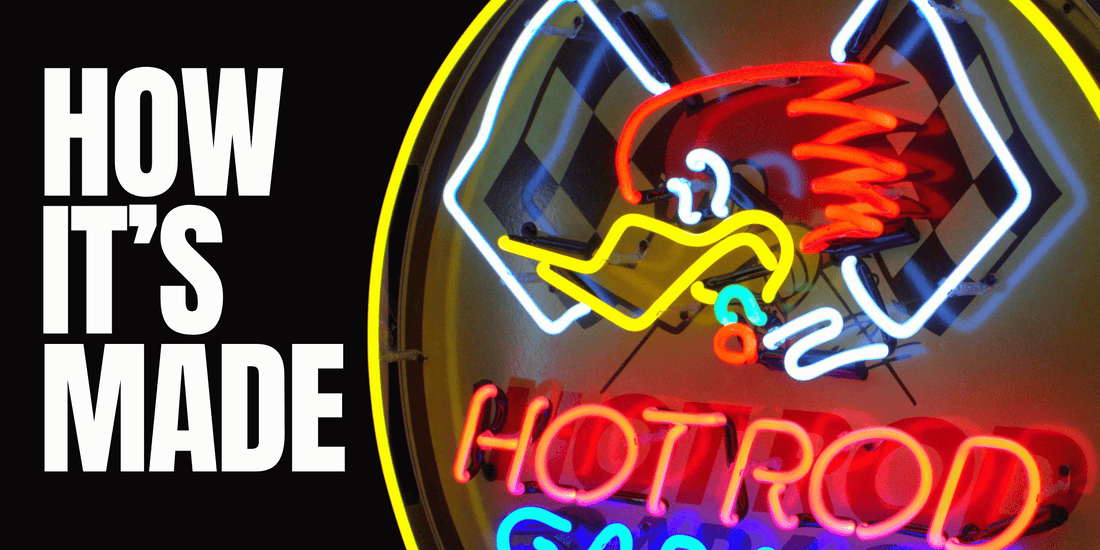
How It's Made: Real Porcelain Enamel with Handblown Glass Neon Signs—Vintage Quality Reproductions
How Real Neon Signs Are Made: Behind the Scenes at Porcelain Advertising
These days, most people have only seen LED signs with faux neon tubing. They’re cheap, lightweight, and mass-produced—made to look good in a photo and not much else. Real neon signs, on the other hand, are an entirely different beast.
At Porcelain Advertising, we do things the way they used to be done. We don’t just replicate the look of authentic porcelain and handblown glass neon—we recreate the original build process, using the same materials and techniques that made these signs iconic in the first place.
It’s labor-intensive. It’s slow. And it’s worth every minute.
1. Cutting, Prepping & Assembling the Steel Can
Every real neon sign starts with a steel can. We cut each panel from heavy-gauge steel—no plastic, no prefab moldings. This is raw metal, shaped and sized for the specific design.
Once cut, each piece is hand-prepped: that means deburring, grinding, and smoothing every edge to remove sharpness and ensure a clean fit. This isn't a step you can rush. Poor prep leads to uneven seams, weak joins, and a final product that doesn’t hold up over time.
We then assemble the can using rivets, not spot welds. Riveting is slower and takes more precision, but it creates a tighter, more durable structure—and more importantly, it's historically correct. This is how they did it decades ago, and it's how we do it now. Once assembled, the housing is inspected, cleaned, and prepped for finishing.
2. Powder Coating the Steel Housing
The steel can is powder-coated to create a clean, protective surface. Unlike spray paint, powder coating is applied electrostatically and then baked in an oven. The result is a smooth, hard finish that resists chipping, corrosion, and UV damage—ideal for both indoor display and outdoor exposure.

This step isn’t just cosmetic. It adds longevity and gives the sign a polished base that contrasts beautifully with the porcelain face and glowing neon tubes.
3. Real Porcelain Enamel Faceplates
This is where most signs today cut corners—but not us. We use true porcelain enamel, which means we fuse layers of powdered glass to steel in a kiln at temperatures above 1,400°F.
The result is a high-gloss, weatherproof surface that doesn’t fade, peel, or scratch like painted alternatives. There are signifcant limitations to overcome when applying the process and requires a significant amount of time focused the process of adding enamel to our neon signs.
Each porcelain face is built to match vintage originals—both in design and feel. Whether you're restoring a garage, building a collection, or just chasing nostalgia, you’ll notice the difference instantly.
4. Handblown Neon Tubing
There is no shortcut to real neon. Every tube is handblown and shaped over an open flame by a trained glass bender. This isn’t mass production—it’s craftsmanship. Each bend has to be perfect. Each angle must follow the design. If the glass cracks or warps, it starts over from scratch.
Once bent, the tubes are flushed, filled with noble gases like neon or argon, and sealed. The color of the glow depends on the gas and the color of the glass. Then, electrodes are attached and the tube is powered to activate the gas and bring the sign to life.
This process requires years of experience, steady hands, and patience. You can’t fake it—and once you see a real neon tube light up, you’ll understand why.
5. Final Assembly & Vintage Finish
With the can complete, porcelain face mounted, and neon tubing wired and ready, the final step is assembly and finishing. All wiring and mounting is done by hand with an eye for detail and longevity.
Then we add what most shops skip—a light vintage finish. New porcelain enamel is extremely bright, flawless, and high-gloss—sometimes too perfect for what should feel like a vintage piece. So we intentionally take the edge off. A softened gloss here, a subtle mark there. We distress it just enough to make it feel like it belongs next to a classic car or hanging in an old gas station. Not fake-aged—but balanced. Authentic.
Why We Still Make Them This Way
Most people haven’t seen a real neon sign up close. That’s why we believe it’s worth doing right. We don’t use LEDs or fake tubing. We don’t print vinyl graphics and slap them on plastic. Every sign we make is built from scratch, by hand, in the USA—with the same materials and skill the originals required.
That’s what makes them collectible. That’s what gives them presence. And that’s why they still matter.





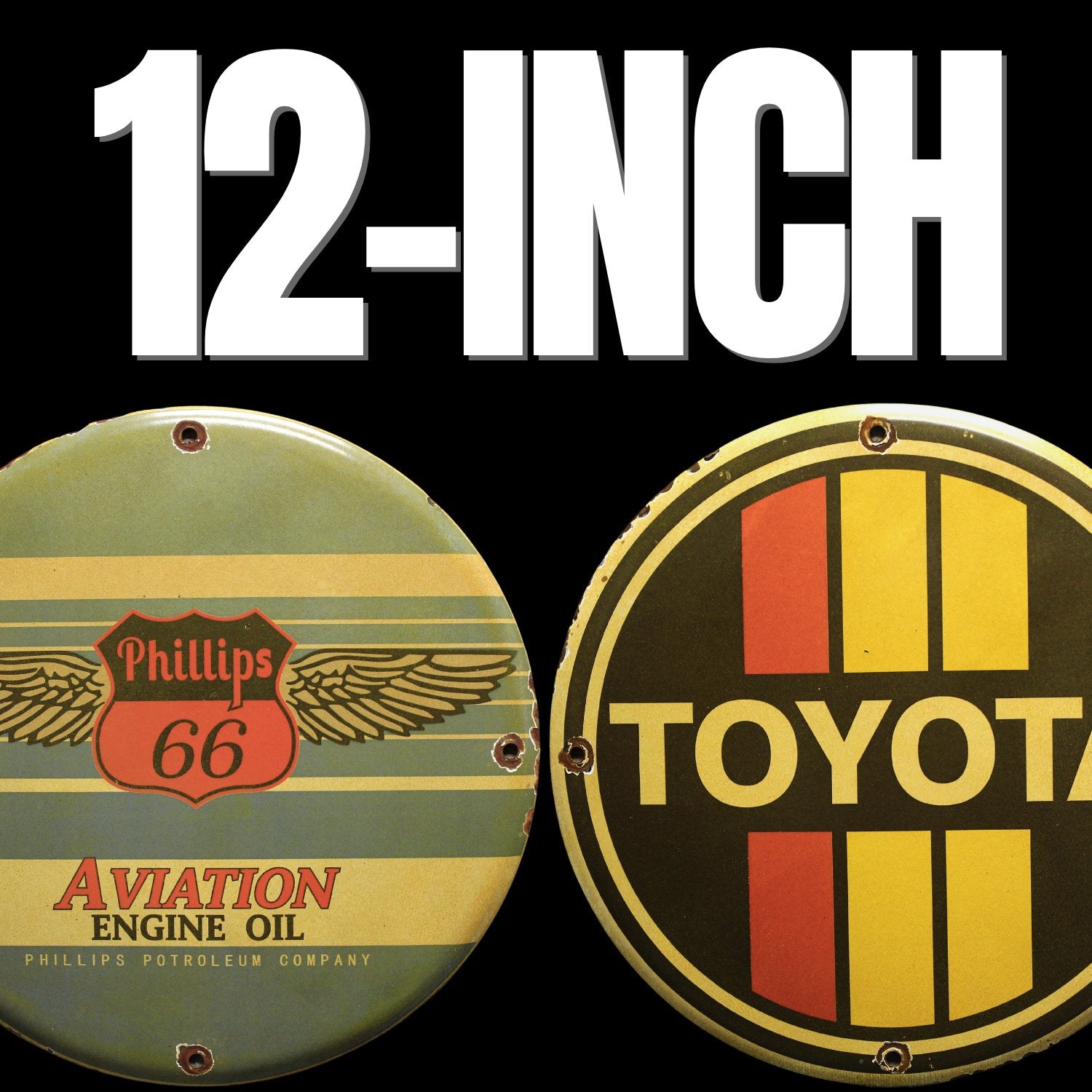
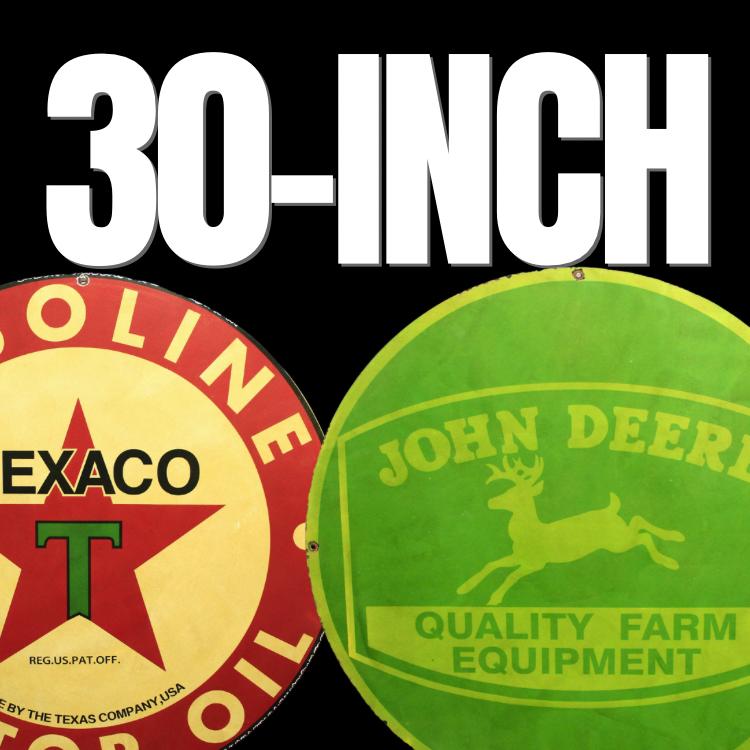
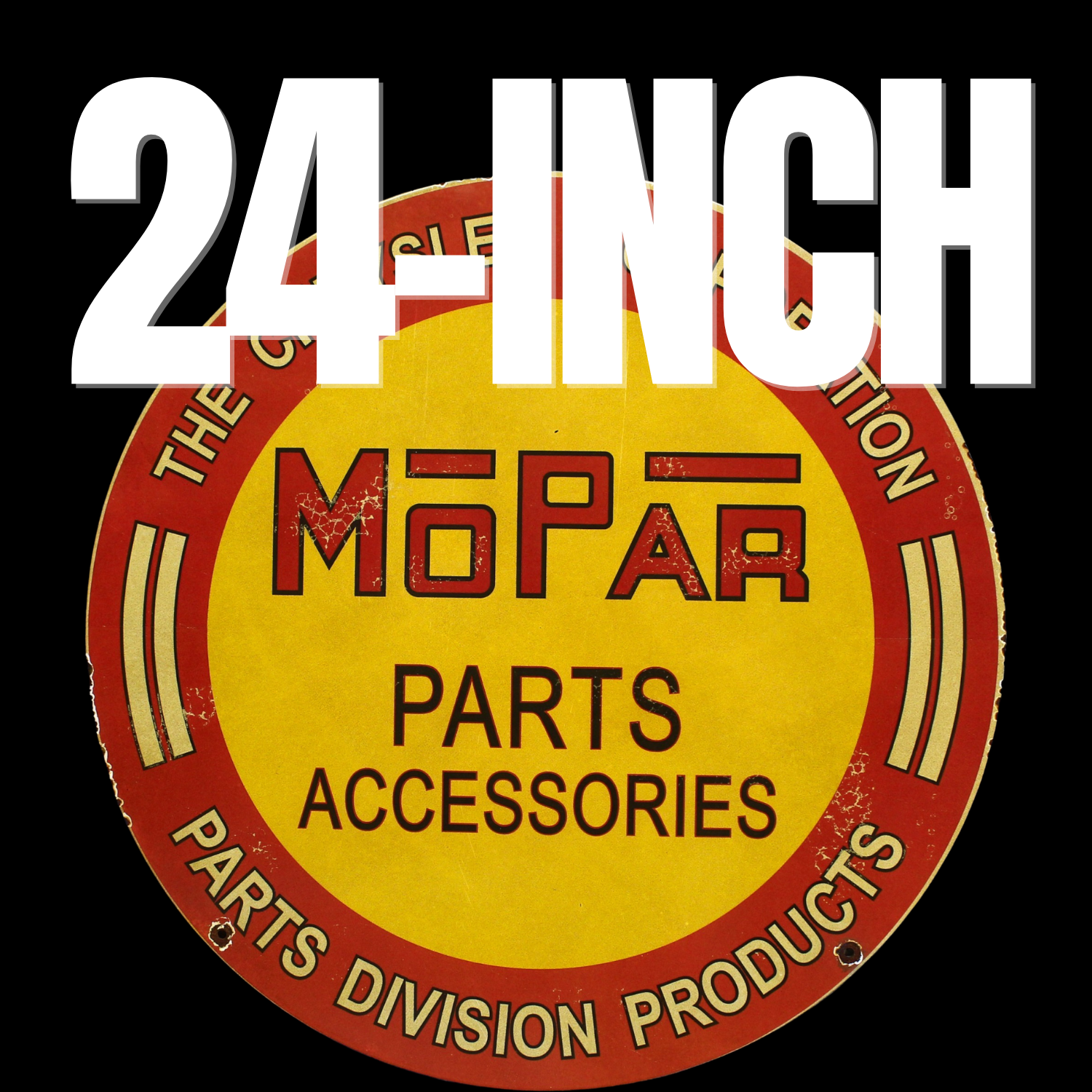
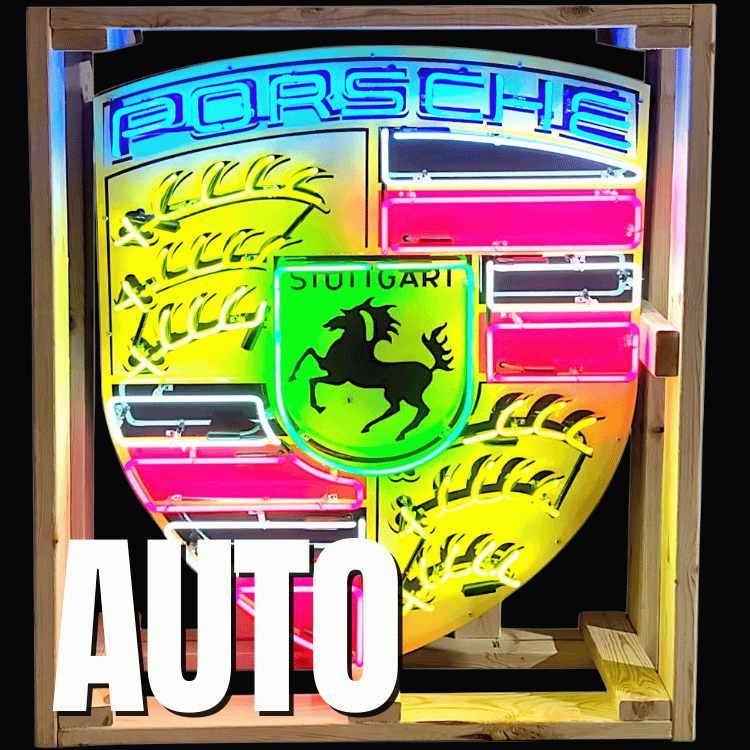


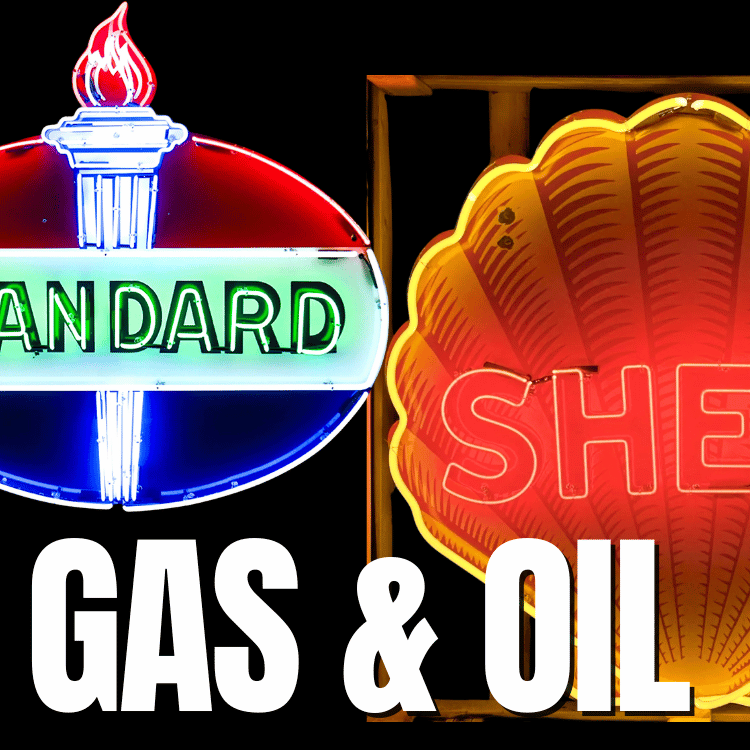
3 comments
They look and feel (weight) like an antique sign. Distressed and looks aged. High quality at a fair price.
Great looking signs!! Any United Airlines signs?
How long do the tubes last before burning out? Thanks Larry